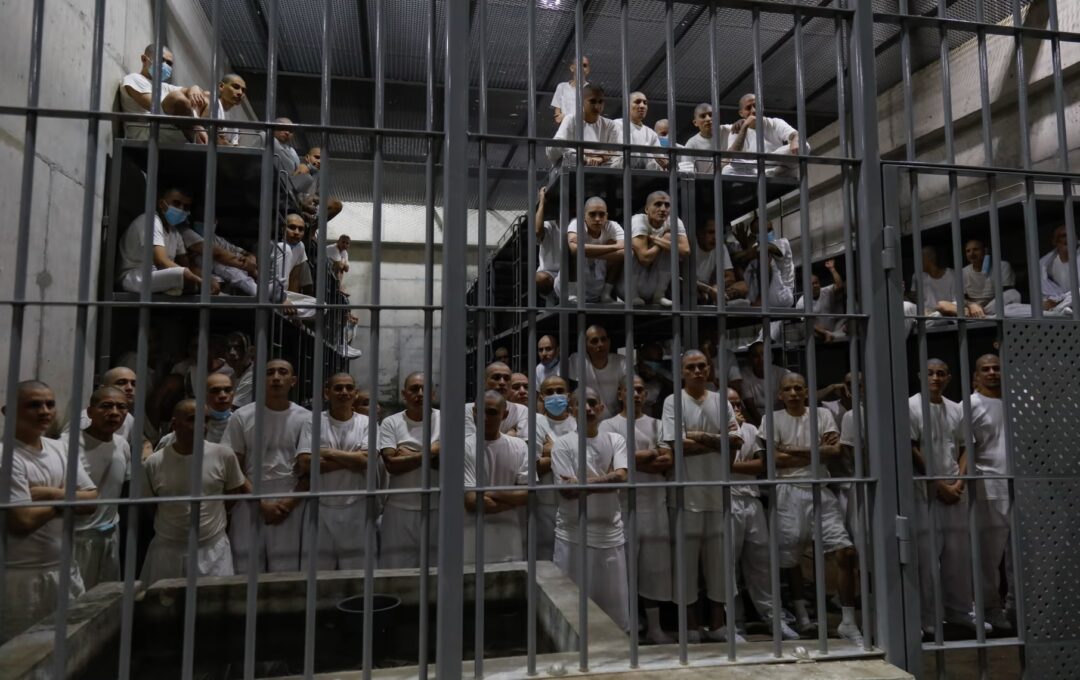
Latin America’s rise in tuberculosis linked to imprisonment rates
Study warns region’s exponential rise in incarceration is fuelling the disease, with cases increasing by 19% between 2015 and 2022
High incarceration rates in Latin America – the region with the world’s fastest-growing prison population – are exacerbating tuberculosis in a region that is bucking the global trend for falling incidents of the disease, experts have warned.
A study published in The Lancet Public Health journal has estimated that, contrary to previous assumptions, HIV/Aids is not the primary risk factor for tuberculosis in the region – as it remains in Africa, for example – but rather imprisonments.
While the global incidence of tuberculosis decreased by 8.7% between 2015 and 2022, it rose by 19% in Latin America. Using mathematical modelling, researchers concluded that this increase was linked to the exponential rise in imprisonment in the region, surpassing other traditional risk factors such as HIV/Aids, smoking, drug use and malnutrition.
The work is centred on six countries – Brazil, Colombia, Mexico, Argentina, Peru and El Salvador – that, combined, account for 79.7% of the region’s tuberculosis notifications and 82.4% of its prison population. Between 1990 and 2019, the prison population in these countries increased from 260,363 to 1,322,355 people.
“Our main conclusion is that, in these countries, about a third of all tuberculosis cases since 1990 were associated with incarceration,” said the infectious disease specialist Dr Julio Croda, from the Oswaldo Cruz Foundation (Fiocruz) in Brazil, one of the institutions involved in the study.
